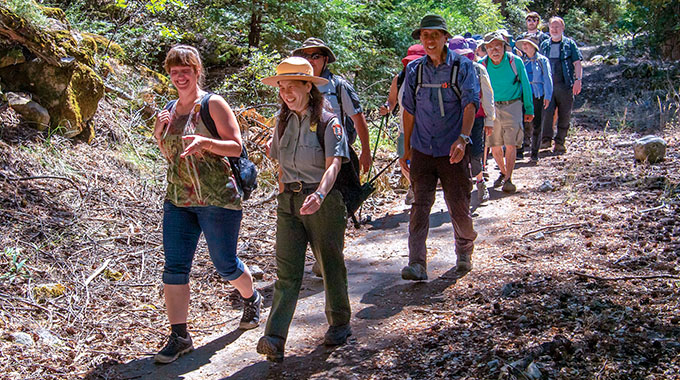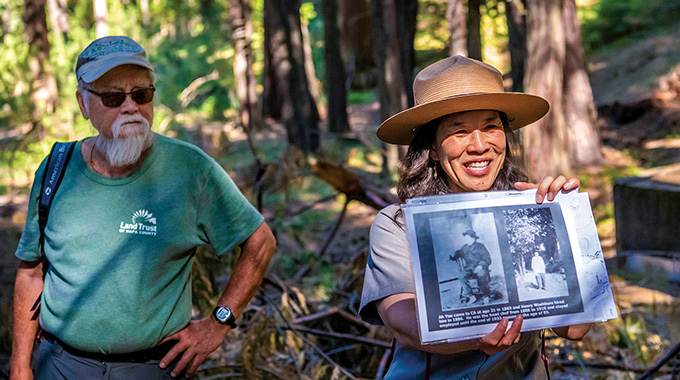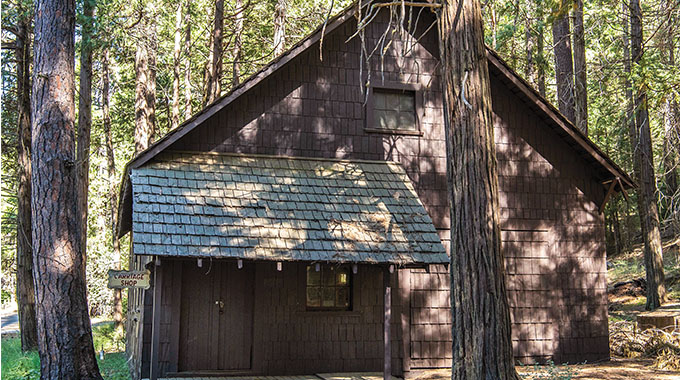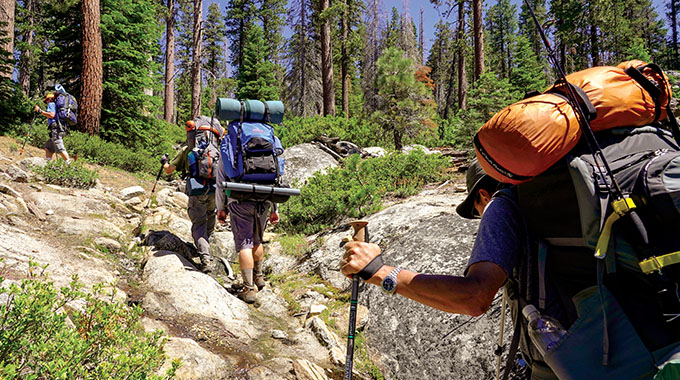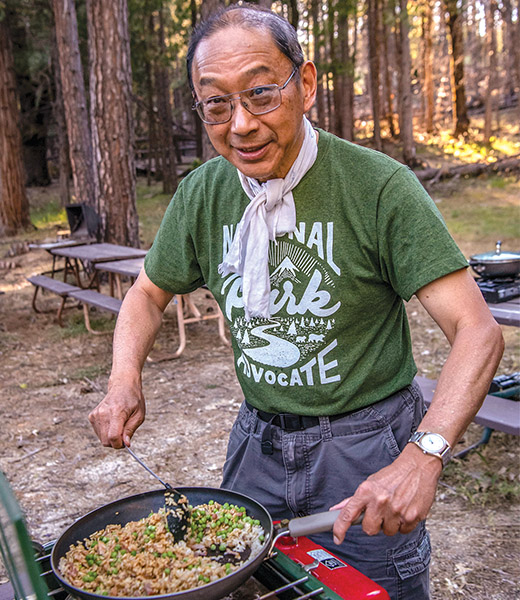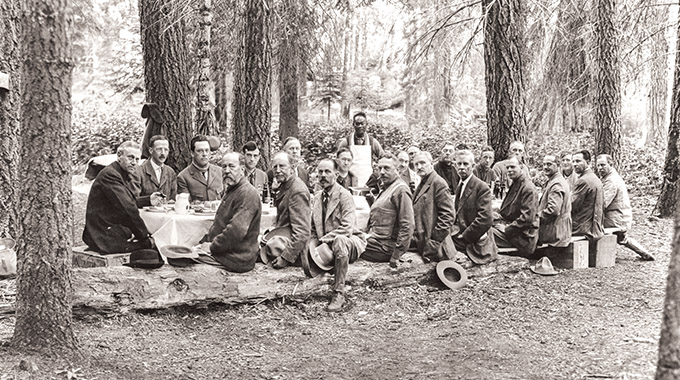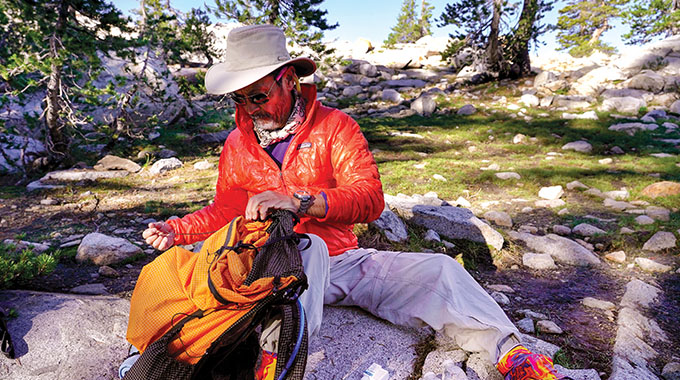Meeting the tiger
In most years, all the hikers make it to the top. “But in some years, there’s a lot of snow, people slip and trip, and decide to turn back before summiting,” Chan says. After hiking for most of the morning, I turn back, as planned—my backpacking abilities are limited; my camping skills, nonexistent. But others, including several senior citizens, push on. For Shu, who has led a small group to the top every year, the struggle is worth it.
“Sing Peak is one of the prettiest peaks in all of the Sierra,” he says of the mountain that stands 10,552 feet above sea level. “It has neat features. It’s above the timberline, so there are no trees. And from the top you get a view of the park you would never otherwise see—lakes, the Minarets, and a sweeping view of Yosemite. There’s nothing like it.”
In other words, you meet the tiger.
Because I didn’t make it to the top, I’d been telling myself after the trip that I didn’t meet the tiger. This echoed through me like a reprimand I couldn’t un-hear.
Then a week after the Sing Peak hike, Shu calls to tell me how the trek went after I left the group. With abundant snow on the ground, the journey was arduous. Only seven hikers made it to the top. He muses about all the hikers he’d led to the summit over the years, including Gladys Wong, a former San Francisco teacher who’d never backpacked before.
“She was a retiree, and had to scramble on all fours to the top, but she persevered,” Shu says. “She told me that even though she wanted to quit, she thought about her mother, a Chinese immigrant, and everything she had to go through during her journey to an American life. She did it for her mother’s spirit. Gladys made it to the top.”
History, Shu says, has the power to bring people together, to cultivate respect and understanding and peace among cultures. For that reason, he believes the story of who helped build Yosemite needs to evolve.
“So my question to myself has always been, ‘How do we change that narrative?’ ” he says. Shu hikes to “commemorate the history of everyone who had a part in establishing Yosemite.” He adds: “It wasn’t just John Muir. It was our ancestors, and other immigrants, too. The untold Yosemite stories have to be told.”
I realized after my trip that my connection to Yosemite ran much deeper than my own family’s visits. This new appreciation of a mostly lost history meant more to me than reaching any summit. Perhaps I did meet the tiger after all.


